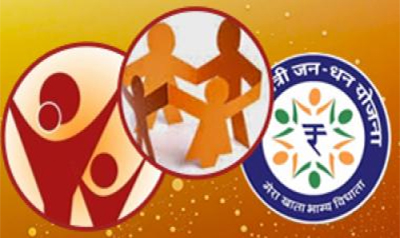Inequality and Employment in South Asia: Options for More Inclusive Economic Development
Principal Researchers:
Professor Sandip Sarkar
Theme: Growth and Employment
Sponsors: Christian Aid
Aims & Objectives: This project reflected on the nature, trends, causes and extent of inequality and exclusion from economic opportunity in South Asia and made a case for scaling up access to employment and other market opportunities including control over productive resources (land, water, forests, mines and coasts). It compared inequality and poverty across Bangladesh, India, Pakistan and Sri Lanka.
Methodology: It undertook an empirical analysis of survey data and a series of discussions with social activists.
Findings:
- Most important drivers of inequality in major South Asian countries are increasing skill premium, unequal access to land and assets, inter-regional inequalities, inequality across various socio-economic groups and high gender inequality that lead to differential access to political power and voice and;
- These are compounded by low and regressive taxation system and low public social spending on education, health and social protection schemes.
Recommendations:
The study made the following policy recommendations in which the government should:
- Increase Tax-GDP (Gross Domestic Product) ratio by focussing more on direct taxes (individual and corporate); a collection of property and inheritance/wealth taxes and reduction of tax exemptions;
- Increase public spending on access to education (especially for the girl child); provide infrastructural support for universal access to primary health care; provide universal access to social security and welfare; reduce subsidies to goods and services availed by non-poor to increase entitlements of the marginalised sections;
- Focus on emerging labour-intensive sectors to reap the benefits of the demographic bulge; provide better facilities to Micro, Small and Medium enterprises; skill training to youths particularly from backward regions and marginalised sections; fix and enforce national minimum wage;
- Follow land reform measures so that surplus land goes to the tillers; provide modern inputs, technology and financial loans to the small and marginal cultivators and
- Make formal sector jobs accessible to the socially excluded through affirmation action/ reservation, sensitisation and incentives to the employers; provide education, health and other basic services to areas with a high concentration of socially excluded groups.

